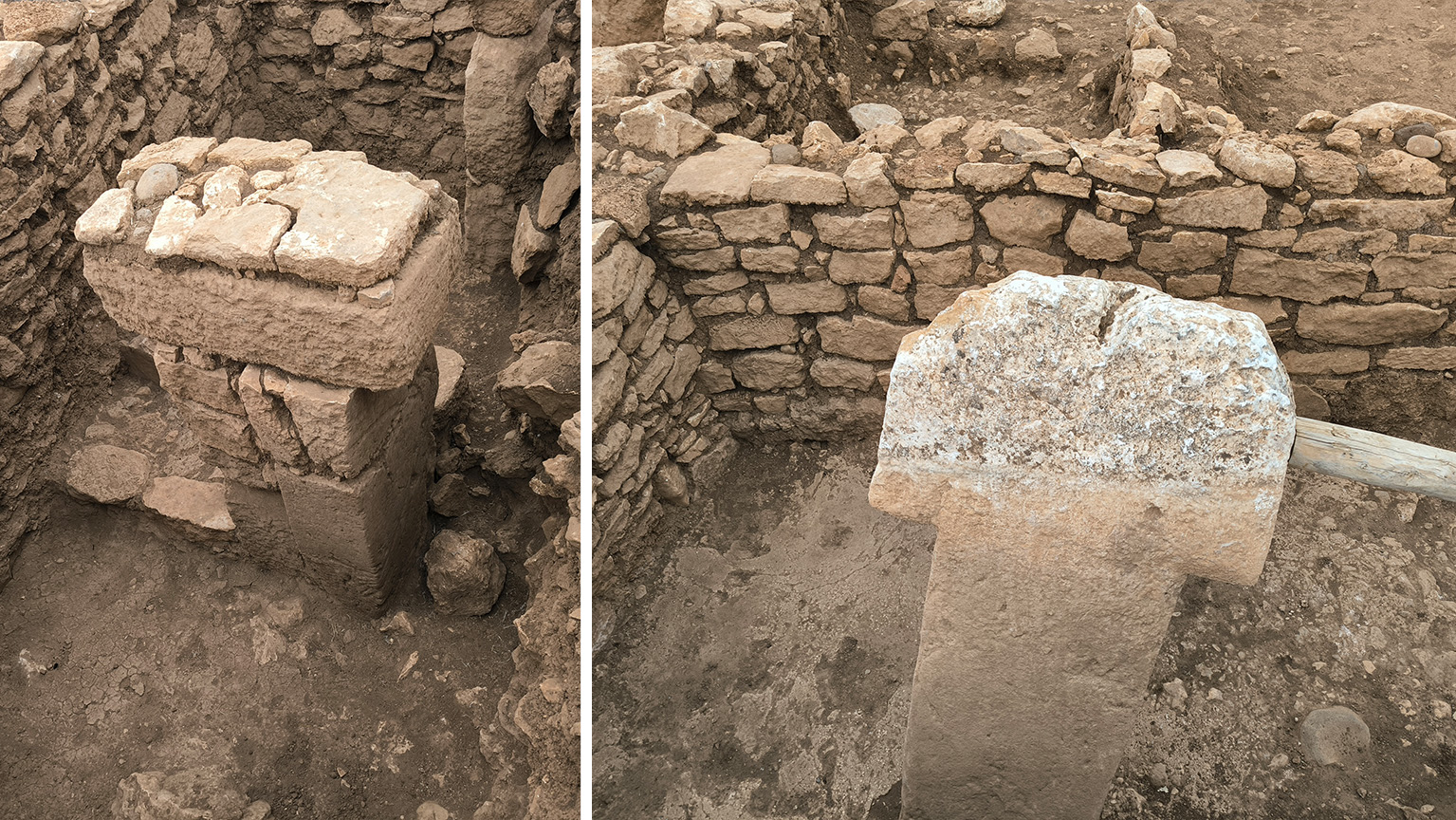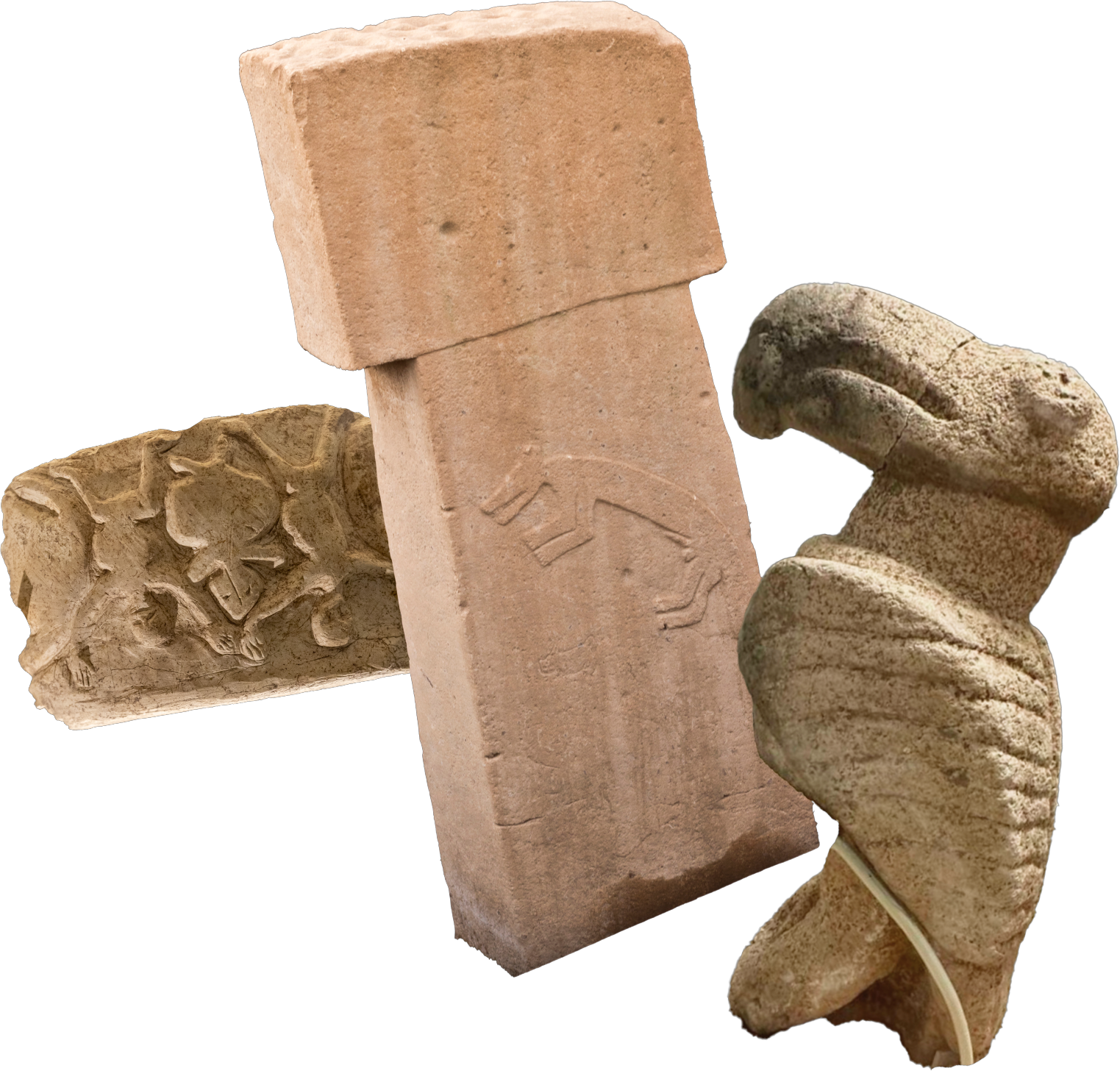1. What is Sefertepe and where is it located?
Sefertepe is located in Eskikale Village, Viranşehir district of Şanlıurfa, 72 kilometres east of Şanlıurfa city center and 25 kilometres west of Viranşehir. It is the easternmost of the known Pre-Pottery Neolithic Period settlements on the Şanlıurfa Plateau and is part of the Euphrates Basin.
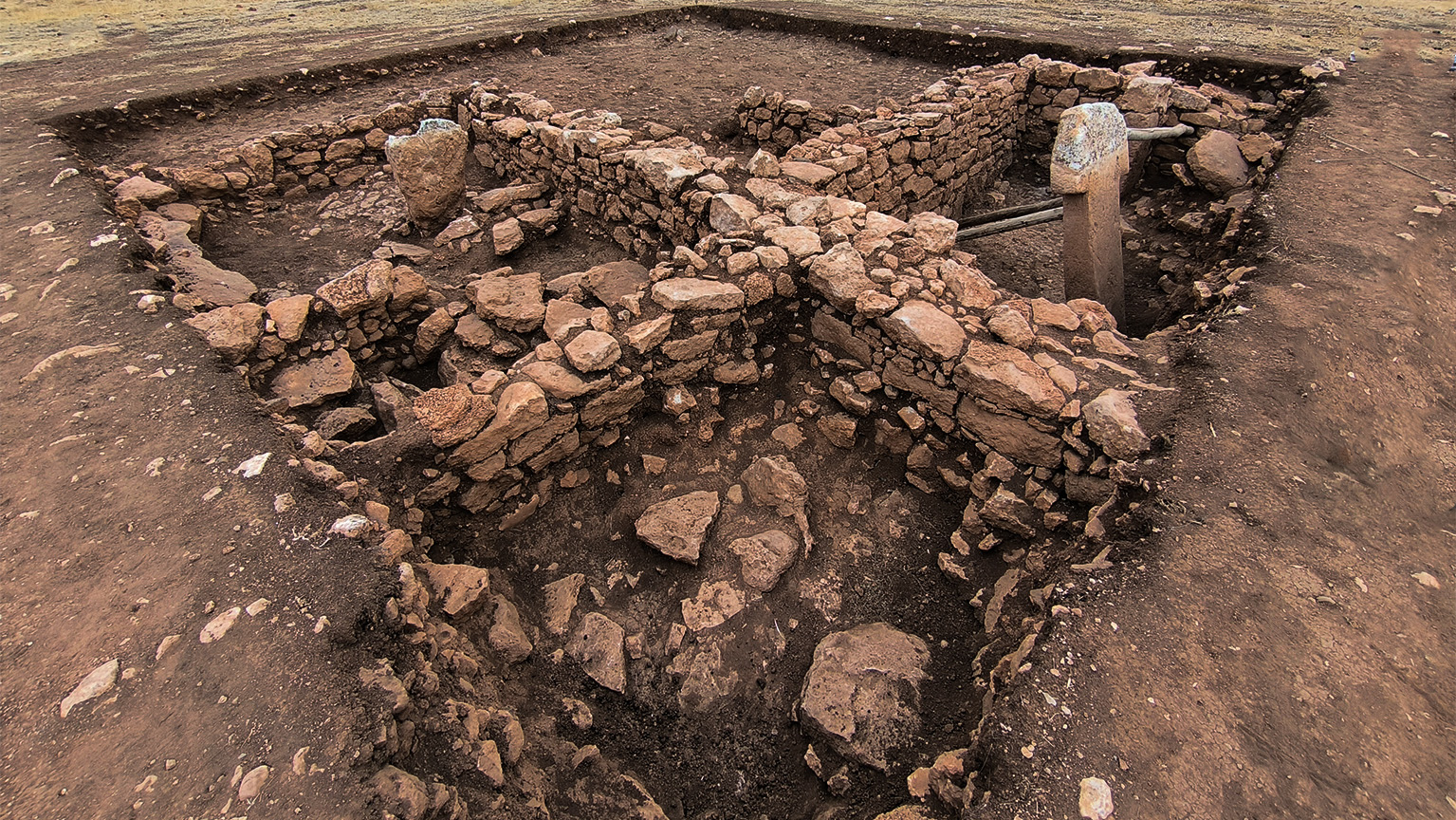
2. How was the Sefertepe settlement discovered?
During a lecture at Harran University on Neolithic societies and Göbeklitepe, a history student named Sefer mentioned that there were pillars in his village similar to those at Göbeklitepe. Based on this information, a visit to the village was made with his professor, and these pillars were discovered. Surface surveys conducted in 2003 led to Sefertepe being registered as a second-degree archaeological site. The settlement was named after this student named Sefer.
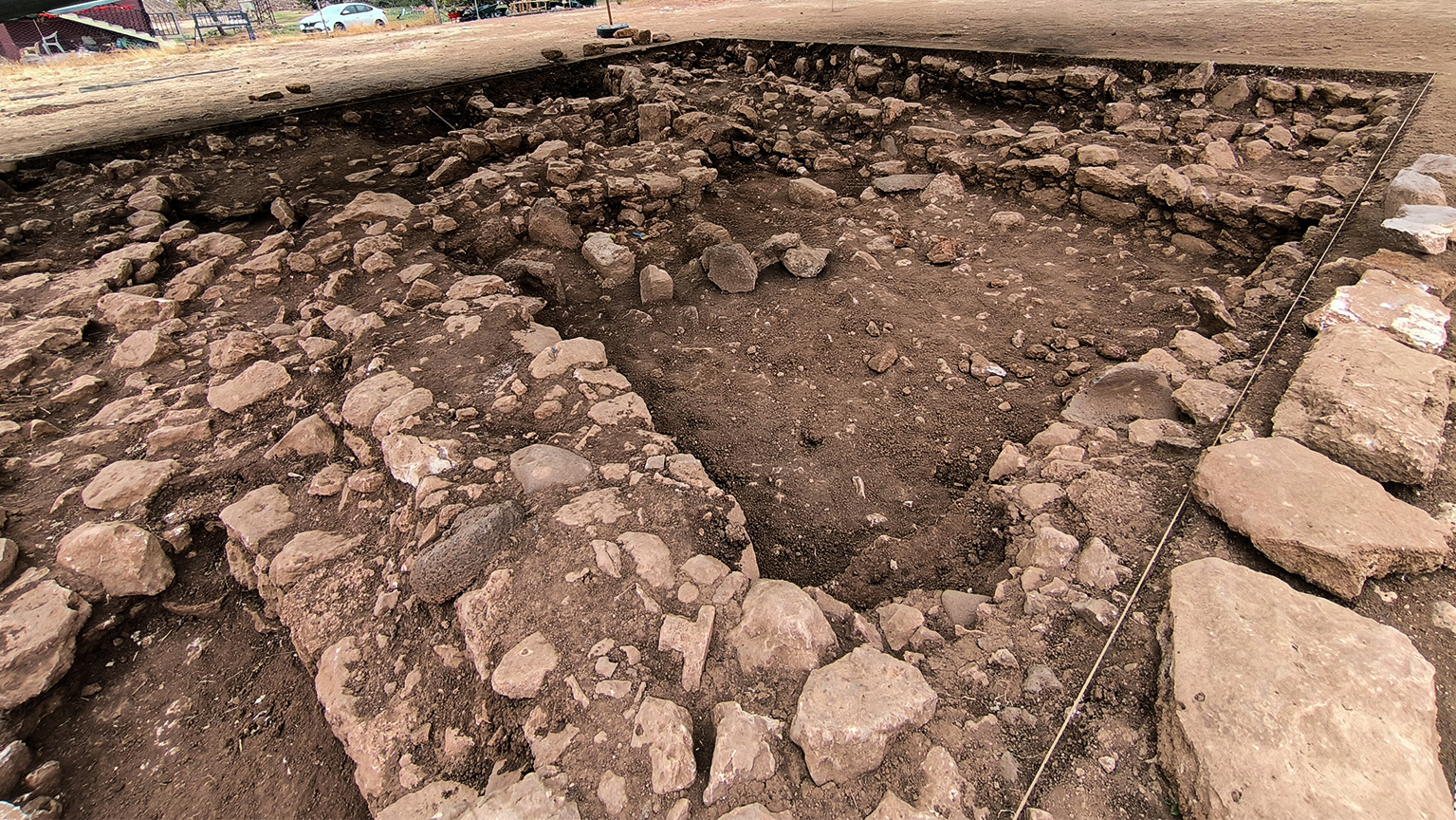
3. How were the archaeological excavations at Sefertepe started?
Archaeological excavations began in 2021 as part of the Şanlıurfa Neolithic Age Research Project - Taş Tepeler. These excavations are being conducted under the leadership of the Şanlıurfa Museum and in partnership with the Prehistoric Archaeology Department of Istanbul University. The research has revealed that Sefertepe, compared to other Neolithic settlements in the region, is a relatively small, lowland settlement.
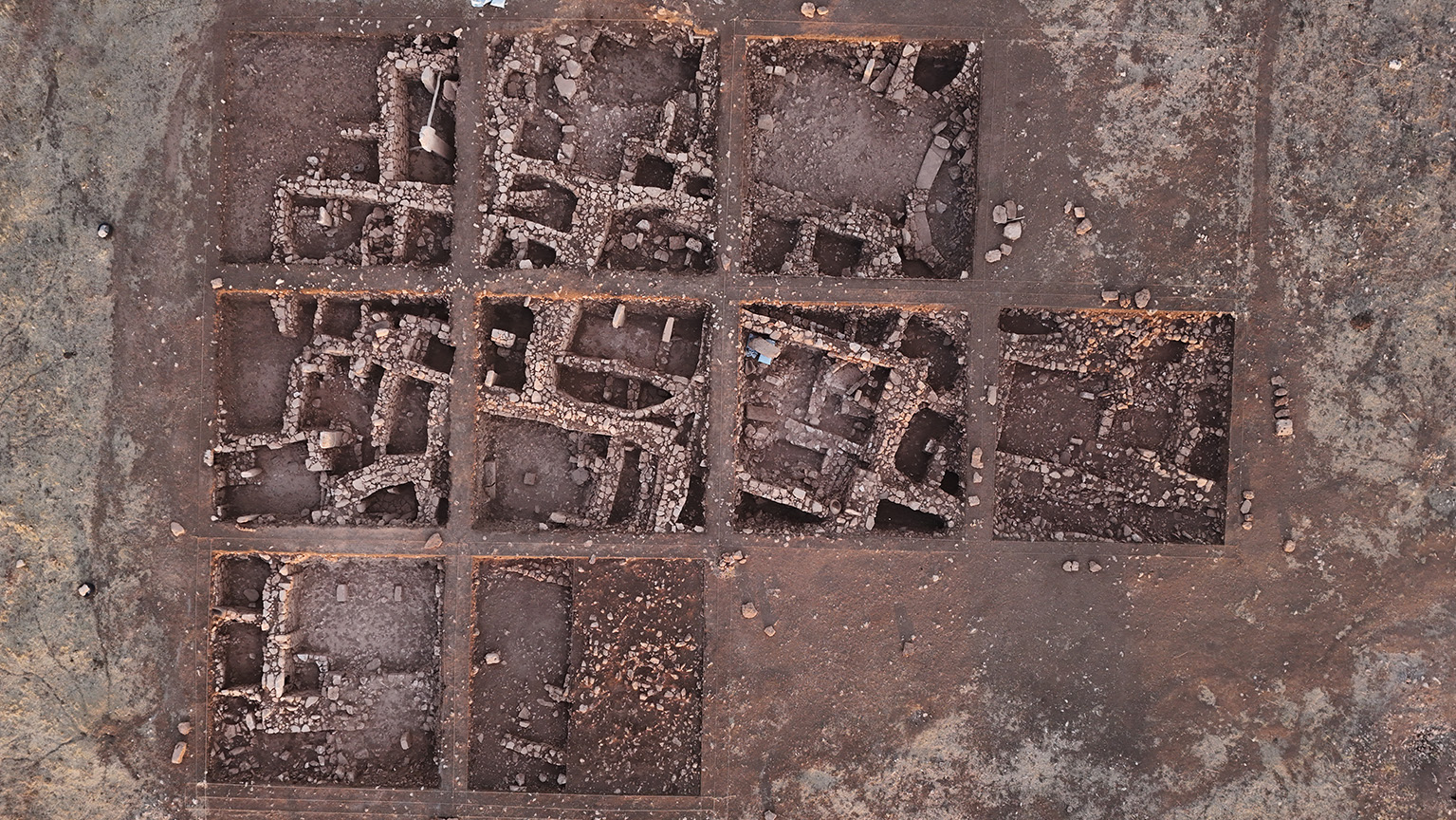
4. What are the characteristics of the public building at Sefertepe?
The rectangular planned public building that unearthed at Sefertepe thought to be used for social or communal activities at the time.Two pillars standing opposite each other were discovered in the building, and it is understood that they were deliberately broken. Another notable architectural features: the buttresses, niches and a hearth with a base, situated between two basalt stones, also attract attention. A large stone vessel and grinding stones placed in the southwestern corner offer important clues regarding the public use of the space.
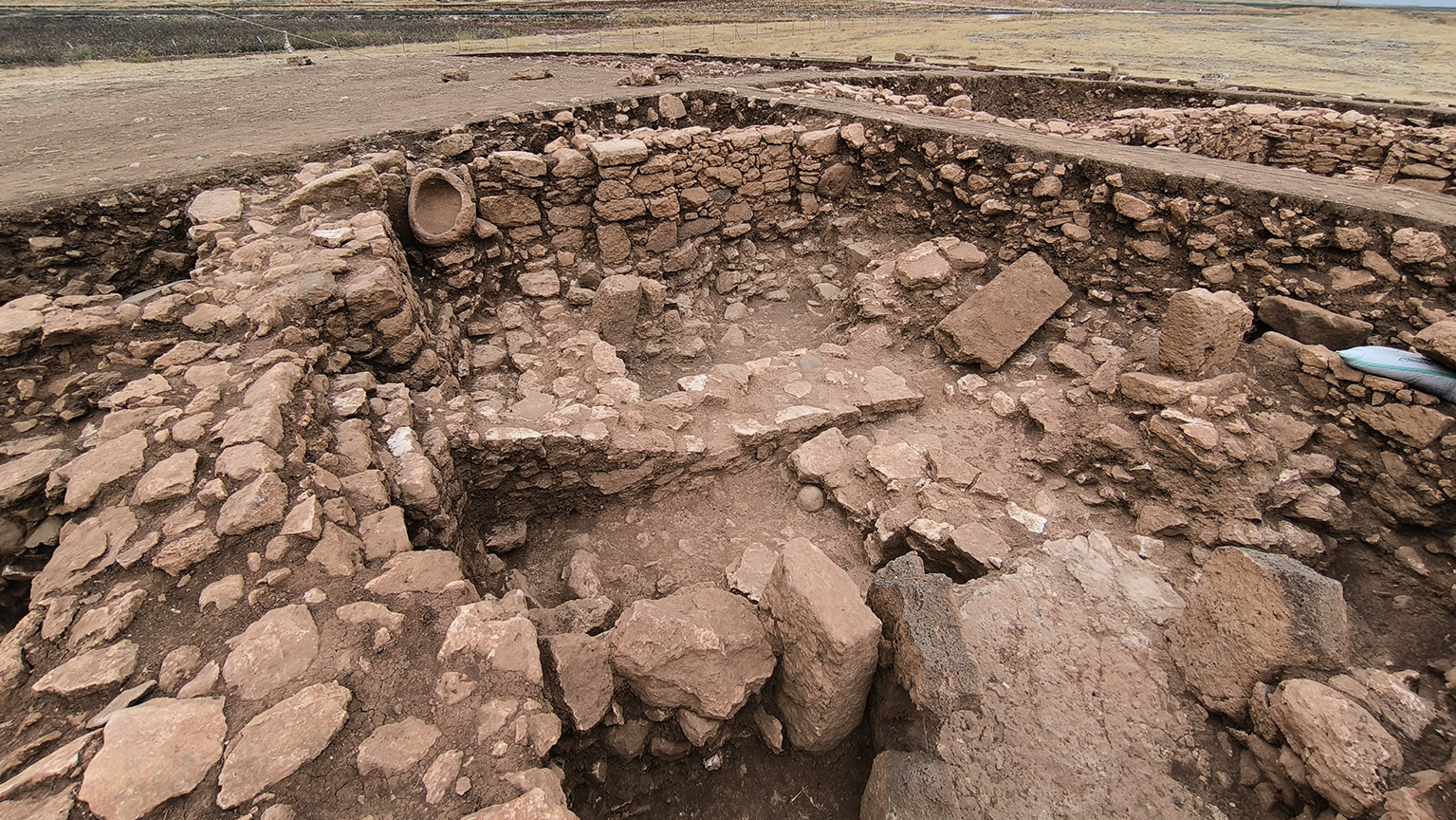
5. What is known about the human skeleton remains uncovered during the excavations?
19M Trench of Sefertepe is notable for lots of human skeleton and especially skulls. With the latest excavations, 21 skulls have been found on a single area. This area, called as "The Skull Room", is associated with the Neolithic "skull cult". Additionally, in the eastern and western corners of the building, fetal and infant skeletons, as well as other human bone remains, were found. In the northwestern corner, two pillars facing each other were discovered, and human skeletal remains were also found in this area.
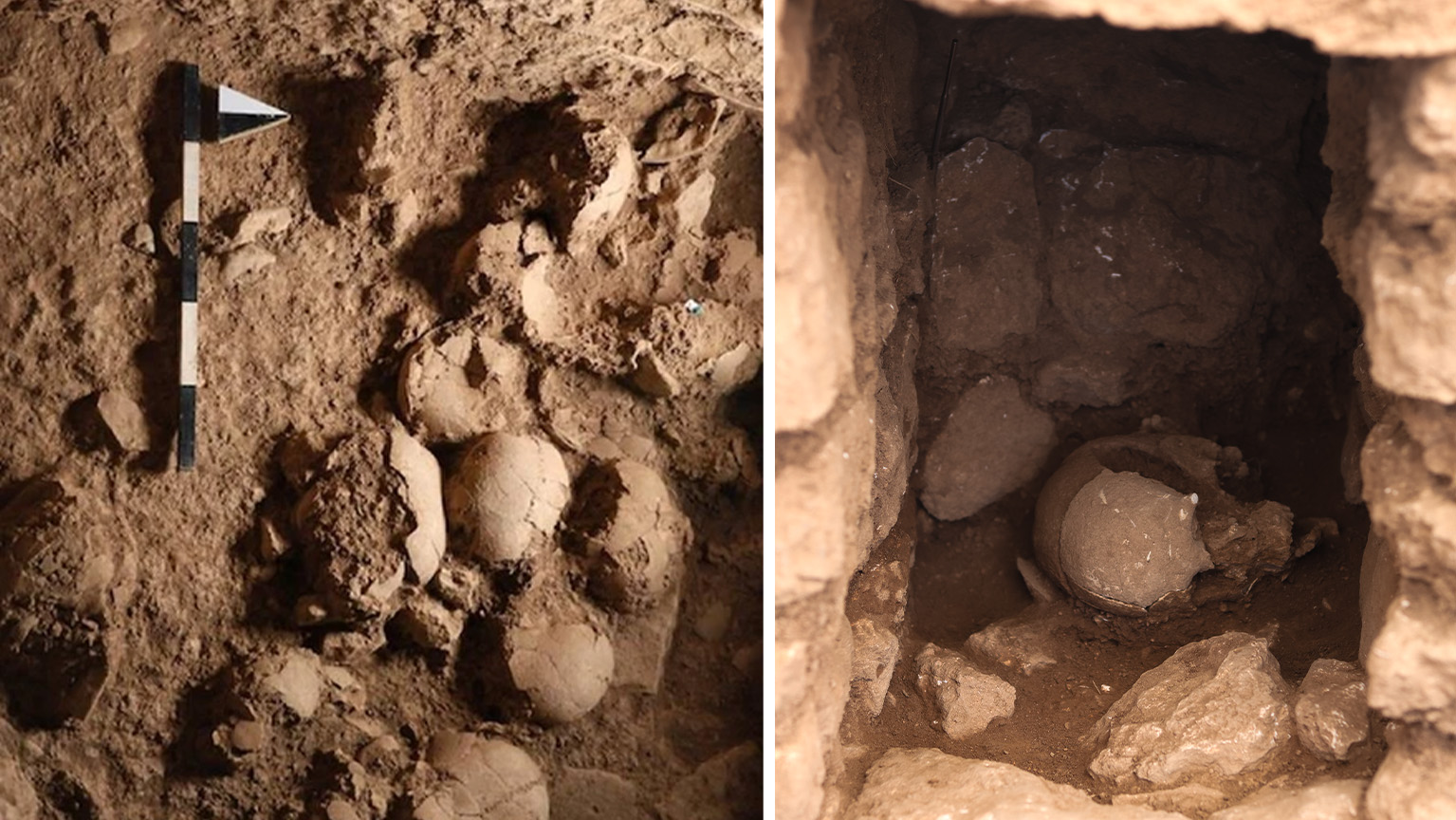
6. Which findings describing tool technology were unearthed at Sefertepe?
Sefertepe stands out with its chipped stone, ground stone, and bone tool technology. Around 90% of the raw materials used are flint, with smaller quantities of obsidian. Notable finds include arrowheads, spearheads, scrapers, sickle blades, and perforators. The abundance of arrowheads and spearheads suggests that hunting was still a significant activity at Sefertepe.
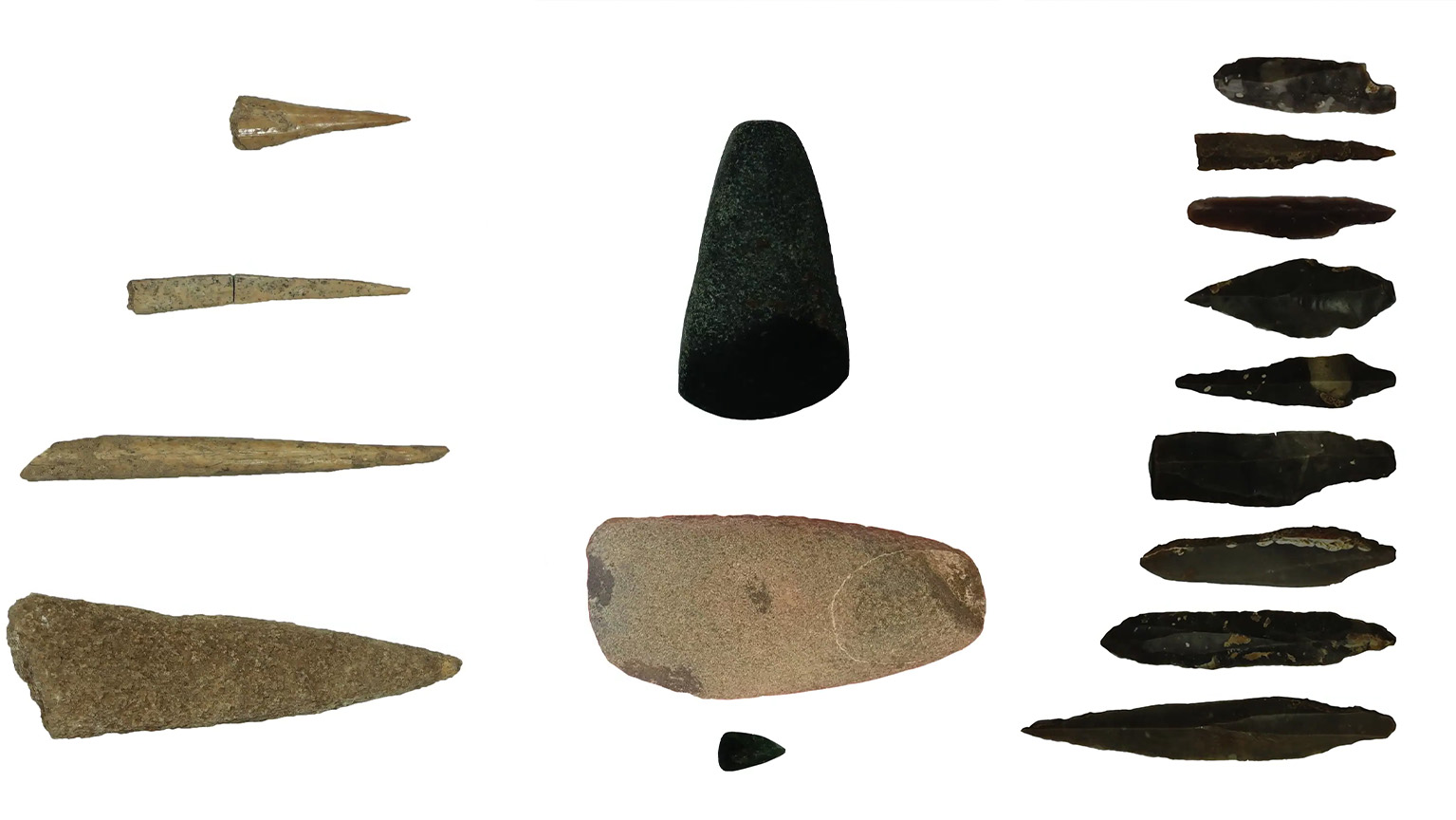
7. What is the importance of the beads, which are among the remarkable finds uncovered with excavations?
Among the finds at Sefertepe, beads made from materials not found in the region, particularly jade, provides important insights into Sefertepe's artistic and cultural interactions during the Neolithic period. Among the finds are two beads with unique designs: one depicting a leopard figure and the other featuring a double-sided composition with vulture and human figures. The vulture and human motifs are common at Karahantepe, while the leopard figure is a symbol frequently seen on pillars and panels at Sayburç, Karahantepe, and Göbeklitepe. These finds demonstrate Sefertepe's significant connections with other Taş Tepeler sites.
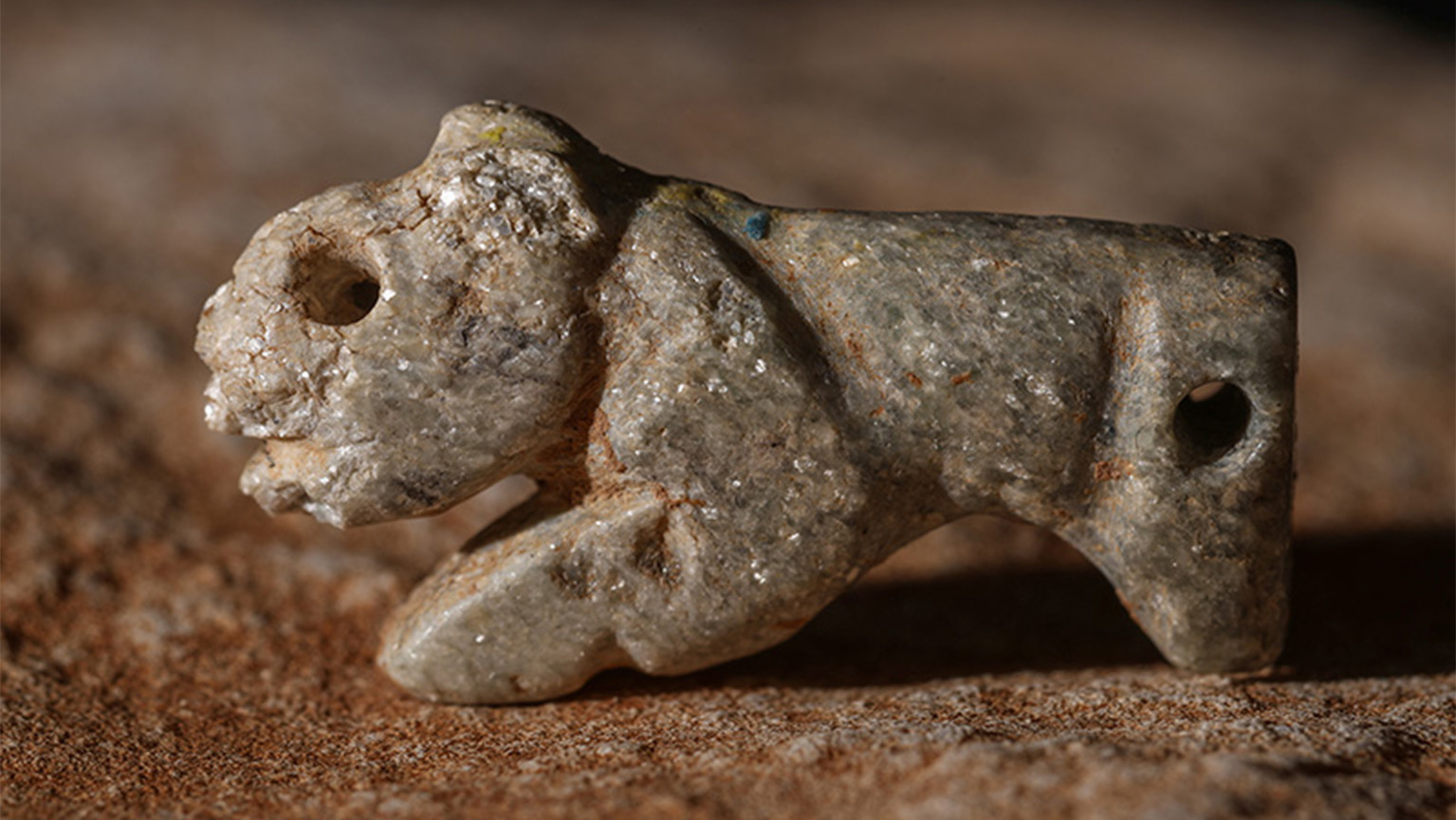
8. Is there any evidence that the buildings in the Sefertepe settlement have been renovated over time?
Uncovery of the wall sequences from earlier phases during the excavation on a structure indicates that the area was renewed and reused several times over. Such spatial renewals suggest that the same buildings were repurposed during different periods throughout the settlement.
It is thought that one of the round-planned buildings was reused by transforming it into a rectangular plan at some point. Moreover, Traces of a renovation phase have also been identified on the floor of another area. This renovation layer is noticeable as a second, higher layer added over the existing floor.
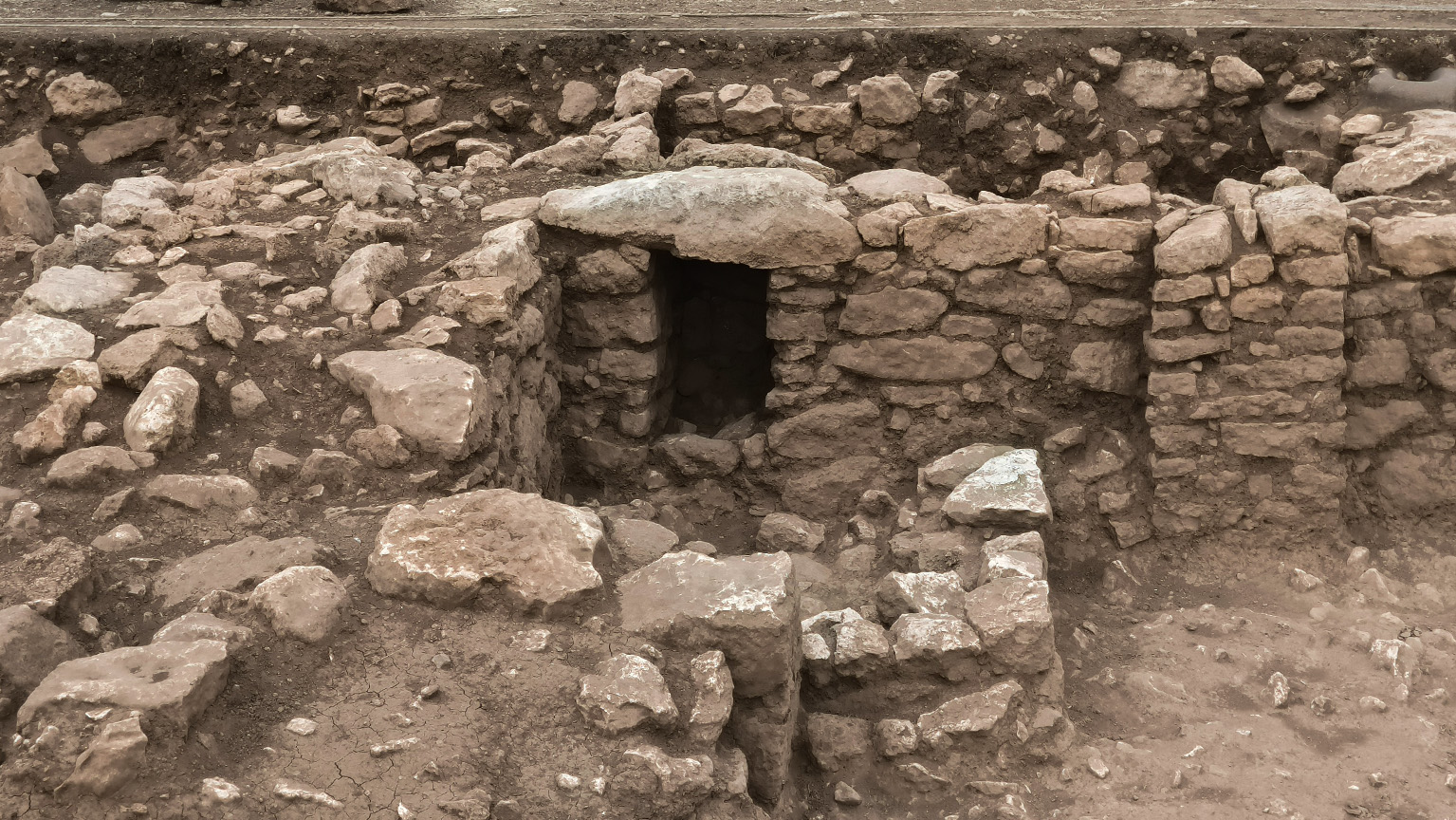
9. What kind of architectural layout is observed in Sefertepe?
Sections of a building complex that expanded by being connected to other structures are being excavated at Sefertepe. Most of the uncovered structures have rectangular plan. Architectural elements such as benches, platforms, and buttresses are present, along with broken grinding stones incorporated into the wall masonry. The floors of the buildings were made using a mixture of lime and clay mortar. Pillars are placed in certain areas, similar to other Taş Tepeler sites as Göbeklitepe and Karahantepe.
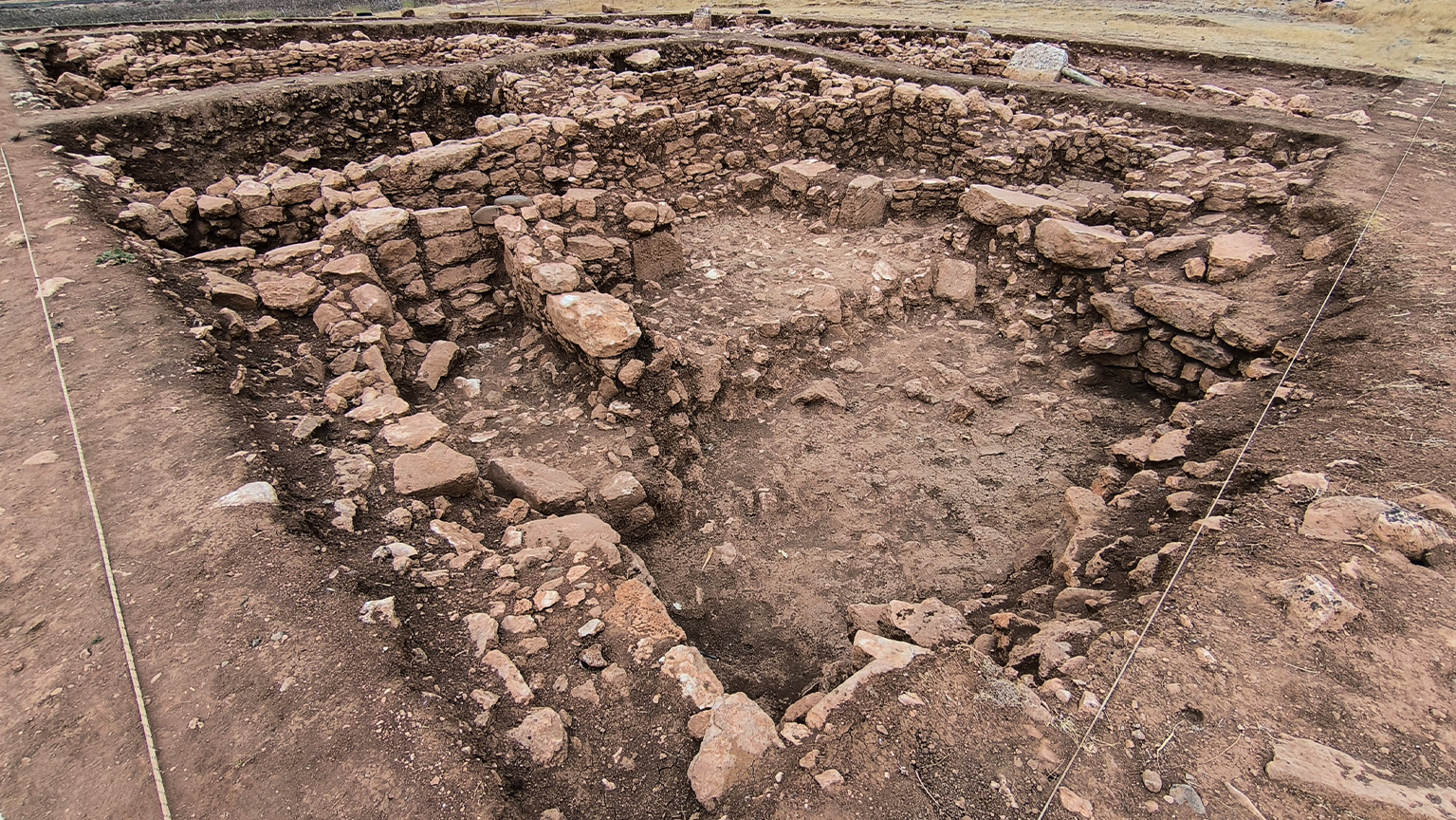
10. What kind of pillars have been unearthed in buldings?
Pillars hold significant importance at Sefertepe, as they do at other Taş Tepeler sites. These pillars have been found in various sizes and shapes, with or without carvings. In addition to the common T-shaped pillars seen at Göbeklitepe and Karahantepe, rectangular, single-sided T-shaped, and stacked pillars have also been identified. In addition to these, there is another pillar specific to the settlements of the Tigris Basin.
